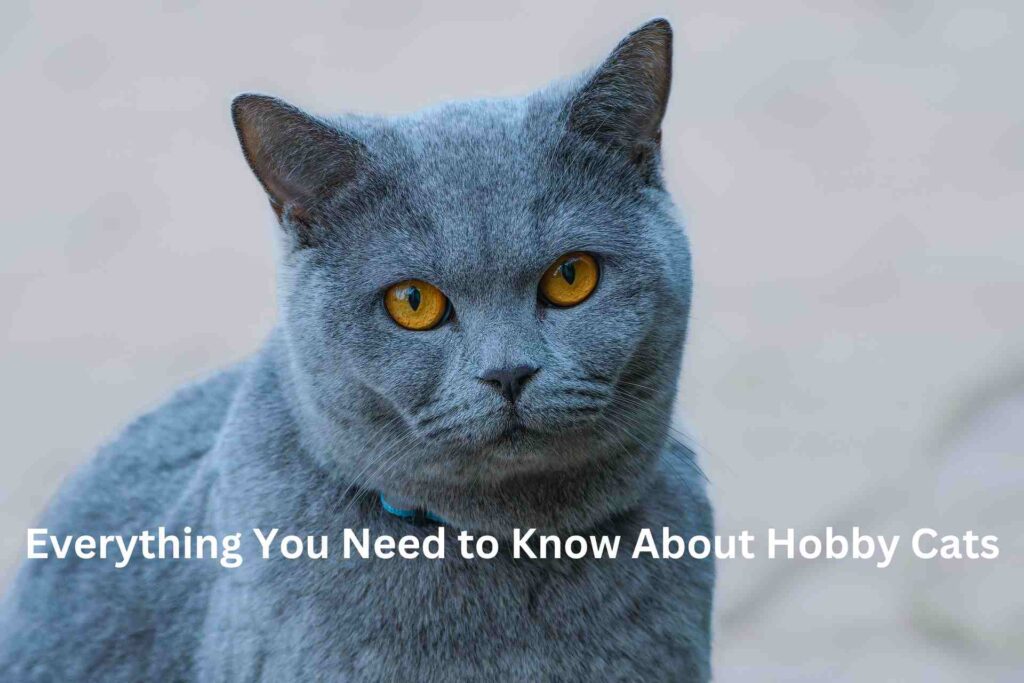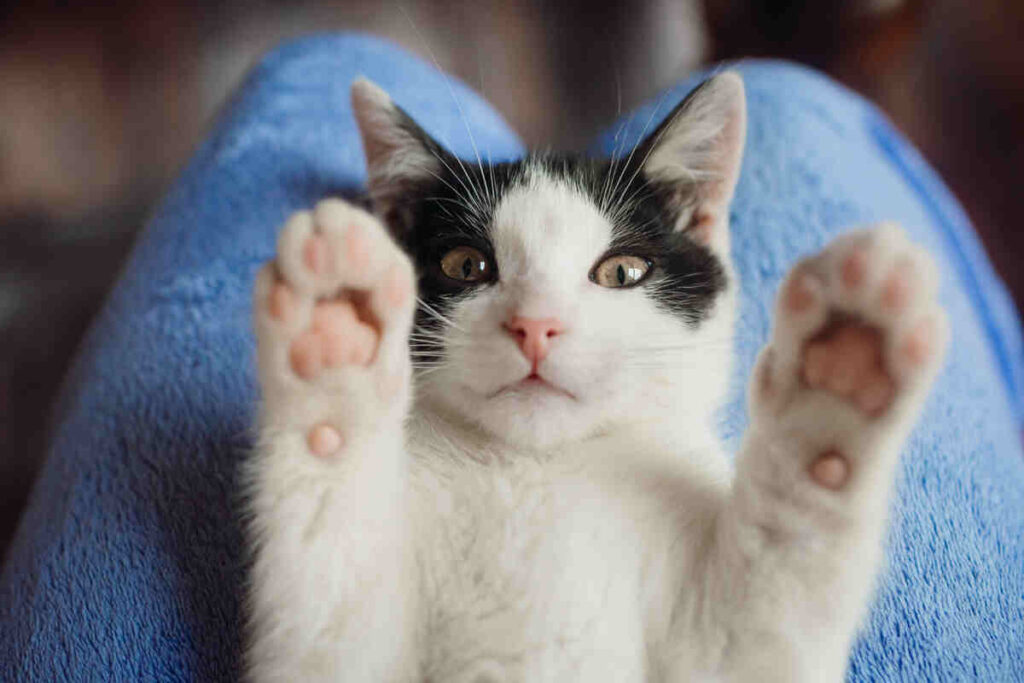
Has your cat ever had swirls, spots, or stripes on its coat? We call these lovely cats tabby cats. It has nothing to do with cat breeds; it’s all about appearances. There is a large variety of colors available for tabbies, and these coat patterns are typical of both purebred and mixed-breed cats. Still, there are several characteristics that tabbies have in common. The temperament of tabby cats and what to expect if you adopt one will be discussed in this article. Before we leave, we will discuss renting a home with a grey tabby cat and provide you with advice on how to take care of these animals.
Describe a Tabby Cat
As previously noted, tabby cats can be identified by their unique patterns. Tabbies are not all one color; they have dashes, dots, and stripes. The “M” pattern on the foreheads of these cats is another feature. Depending on your cultural background, the “M” might mean numerous things. For instance, it represents the word “cat,” mau, in Egypt. Some claim that it has to do with the Virgin Mary.
There are many existing tabby cats. In actuality, cats with this traditional pattern are widespread throughout the globe. It can be challenging to determine the origins of this cat due to its widespread use. But tabbies existed as long back as ancient Egypt.
What a fascinating word “tabby” is. In Baghdad, Iraq’s Attabiy District produced exquisite silk taffeta material in the fourteenth century. It was known by the French as tabis, which means “tabby” in English. The design received its name since the coat of a tabby cat looks like silk.
Your tabby cat may live for 15 to 20 years, depending on its lifestyle and general health. They can grow to be as long as 40 inches and as heavy as 18 pounds. In general, males are larger than females. The initial cost of adoption varies based on the breed of tabby cat. You should budget about $634 per year for cat-related costs.
How does a tabby Cat Appear?
Although there are many different types of tabby coats, the traditional one has stripes and the “M” facial sign. In addition to having a black stripe running down their spine, some tabbies have broken or swirling stripes. These fluffy companions are available in an array of hues in addition to their distinct tabby patterns. Typically, stripes in a contrasting hue dominate the design. Your tabby’s color could be orange, grey, brown, black, or bronze, for instance.
Green, blue, brown, yellow, and orange are a few of the most popular eye colors. Tabbies may have a hint of red in their eyes. Several breeds have the tabby coat. Maine Coons, Scottish Folds, American Bobtails, American Shorthairs, British Shorthairs, Bengals, and Persians are among the mixed breeds.
Since the tabby markings are not breed-specific, there is variation in the type of hair. Both short and long-haired tabby cats exist. The landlord must give their consent before you may rent a property with a tabby cat or any other pet. Having all of your cat’s medical history, including immunization records, digitally accessible through PetScreening makes this procedure much easier.
What Personality Qualities Are Most Typical in Tabby Cats?
Below is a summary of some of the most typical personality qualities of tabby cats. Recall that how you raise your pet matters. Your cat will typically be more family-friendly if it is raised around kids, for instance. Both the breeder and genetics may be important factors.
So, how would you characterize the temperament of a grey tabby cat?
1. Friendly
It’s common to characterize tabby cats as gregarious creatures. They enjoy being the center of attention and are devoted to their human relatives. Your tabby cat’s upbringing will have an effect. However, you should anticipate that a domestic breed would be curious about outsiders. You’ll constantly be in the same room as your tabby buddy, who will follow you around. You can have a happy life with your cat and other pets. Get another cat friend to keep your cat company if you plan to leave them at home alone throughout the day.
2. Intelligent
It’s well known that tabby cats are intelligent. There are benefits to having an intellectual cat as a pet owner. In no time at all, your tiny tiger will be racing through the pet door and swiftly picking up the habit of using the litter box. It’s possible that you could teach your cat a few tricks. They can learn how to give you a fist bump or push a treat ball, for instance.
However, because they are astute cats, they frequently get their way. Your cat will do anything they wants to do, even if it means climbing the drapes during playtime or jumping over obstacles to reach food off your counter.
3. Audio
Generally speaking, tabby cats are good communicators. They produce a variety of noises, such as these typical kinds:
Their typical “meow” sound, which is a medium-pitched one, will indicate that they want your attention. At dinnertime, you’ll frequently hear the lengthy, “meow” of a hungry cat. Your cat will not stop chattering until it gets its food if it is hungry. A cheerful, high-pitched “meow” will also be heard after a prolonged absence from your cat. A cat can also “purr” when it’s asleep or being petted. This sound typically indicates that they are content and at ease.
4. Effective
Owners of tabby cats frequently discover that their companions are loving family members. These adorable, patterned kitties won’t hesitate to express their affection for you. What characteristics of a cat’s affectionate personality are present? When you pet your tabby, it could leap up on your lap to cuddle or purr. When you walk, they might bump their head on your leg or want to sleep near to you.
Occasionally, your cat might send you a gift—something unwelcome, like a mouse they caught. Naturally, there can be a few exclusions. Your cat’s comfort level with people may vary depending on how they were raised.
5. Calm
This kind of cat needs time to relax, just like other pets do. It will be time for a nap once your tabby cat has used up all of its energy during playtime. Cats often sleep for twelve to sixteen hours per day. They prefer to sleep in a warm, comfortable spot apart from their cat litter tray.
Your cat may sleep on your bed, the sofa, or its bed, depending on how you live. Certain cats prefer to sleep with a blanket on, particularly on chilly evenings.
Conclusion
Caring for your grey tabby cat involves providing proper nutrition, regular veterinary care, grooming, and creating a loving environment. Grey tabbies are known for their unique coat patterns and friendly personalities, making them wonderful companions. By understanding their needs and ensuring their well-being, you can enjoy many happy years with your feline friend. Whether you’re a first-time cat owner or an experienced pet parent, the tips in this guide will help you offer the best care for your grey tabby cat.
FAQs
A balanced diet with high-quality cat food, both wet and dry, is essential. Consult your vet for specific dietary recommendations.
Regular brushing once or twice a week helps reduce shedding and prevents matting, keeping their coat healthy.
Key vaccinations include rabies, feline distemper, and feline leukemia. Your vet can provide a vaccination schedule tailored to your cat.
Provide interactive toys, scratching posts, and regular playtime to keep your cat mentally and physically stimulated.





Pingback: The Ultimate Guide to Cat Training: Techniques and Tips
Pingback: 10 Tips for Choosing the Right Cat Cage for Balcony